Key Takeaways
Weather-resistant fiberglass art installations offer businesses a strategic advantage in outdoor branding by combining durability with visual appeal. These mascot sculptures are engineered to endure harsh environmental conditions—including UV radiation, rain, and temperature fluctuations—without compromising color vibrancy or structural integrity. For example, a study by the Outdoor Advertising Association found that fiberglass retains 95% of its original hue after five years of sun exposure, outperforming materials like wood or plastic.
| Feature | Benefit |
|---|---|
| UV-resistant coatings | Prevents fading in direct sunlight |
| Moisture-proof design | Resists mold and corrosion |
| Lightweight structure | Easy installation and relocation |
"Fiberglass mascots act as 24/7 brand ambassadors, merging artistic craftsmanship with industrial-grade resilience." — Liam Carter, Public Space Design Engineer
For brands prioritizing longevity, fiberglass’s adaptability allows intricate designs—such as IP character sculptures—to maintain sharp details even in coastal or high-humidity areas. A practical tip: pair sculptures with anti-graffiti sealants to simplify maintenance. By integrating these solutions, companies can ensure their mascots remain eye-catching across seasons, reinforcing brand recognition in parks, campuses, or urban centers.
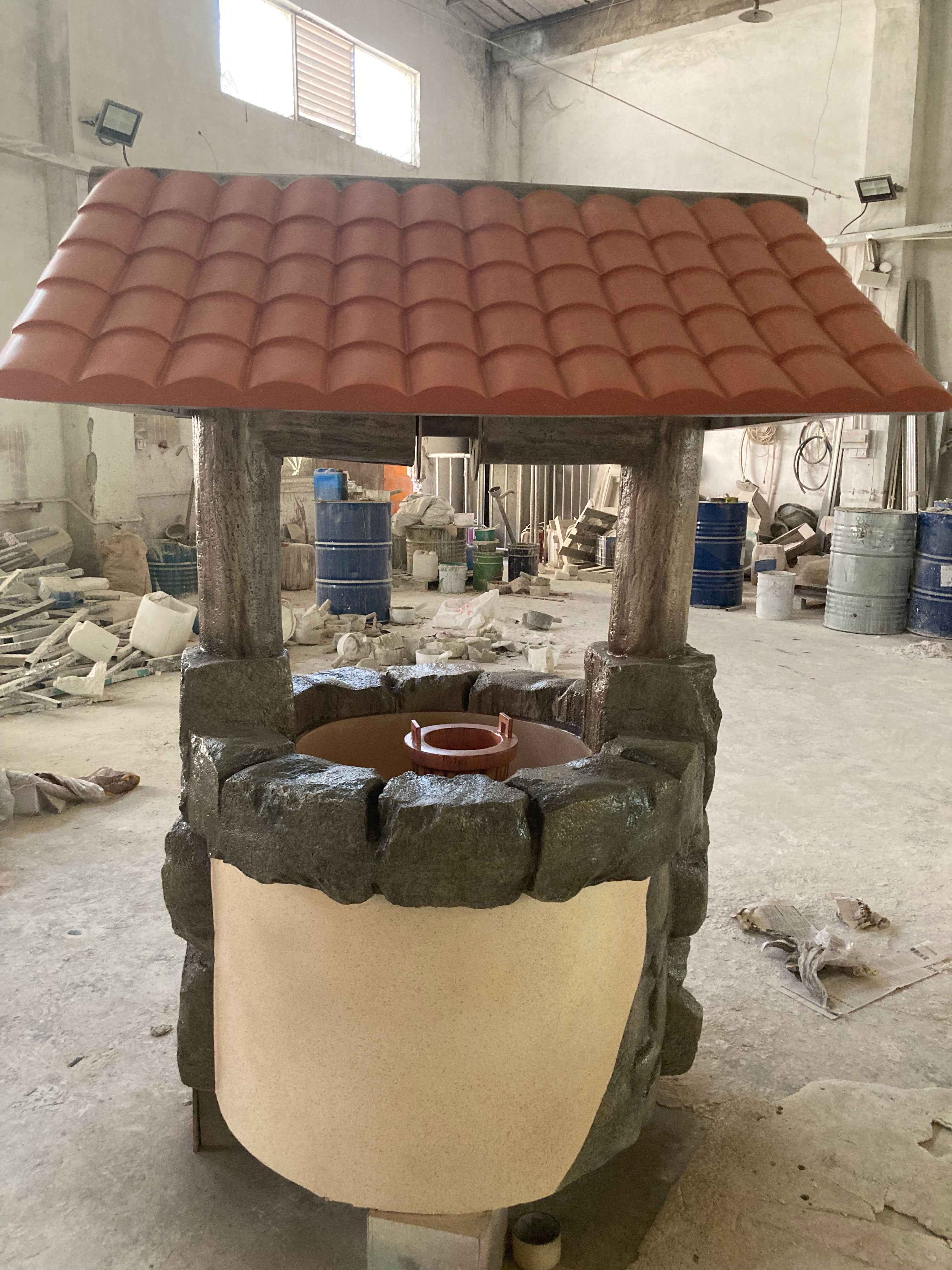
Weatherproof Fiberglass Mascots Elevate Outdoor Branding
Outdoor branding demands solutions that balance visual appeal with environmental resilience. Weatherproof fiberglass mascots address this challenge by serving as durable, eye-catching brand ambassadors capable of thriving in harsh conditions. Engineered to withstand prolonged UV exposure, moisture, and temperature fluctuations, these sculptures retain their structural integrity and color vibrancy for years. The material’s layered composition—combining resin, fiberglass reinforcement, and UV-resistant coatings—ensures protection against fading, cracking, and corrosion.
Businesses in sectors like retail, sports, and public infrastructure increasingly adopt these mascots to reinforce brand visibility in high-traffic outdoor spaces. Unlike traditional materials such as wood or metal, fiberglass offers lightweight versatility, enabling intricate designs that mirror brand aesthetics without compromising durability. For example, realistic sculpture techniques enhance lifelike features while maintaining weather resistance, making mascots relatable and memorable.
By integrating advanced material science with artistic craftsmanship, weatherproof fiberglass mascots transform outdoor areas into branded experiences. Their low-maintenance nature reduces long-term costs, ensuring consistent brand representation regardless of seasonal shifts or climatic stressors. This alignment of form and function positions fiberglass as a strategic choice for businesses aiming to amplify their outdoor presence sustainably.
Engineering Brand Identity Through Durable Fiberglass Art
At the core of branded mascot design lies the intersection of artistic vision and material science. Weather-resistant fiberglass art installations are engineered to serve as long-term brand ambassadors, combining structural resilience with precise visual storytelling. Unlike traditional materials that degrade under UV exposure or moisture, fiberglass composites maintain dimensional stability across temperature fluctuations, ensuring mascot sculptures retain their form and vibrancy for years. This durability directly supports brand identity by eliminating the need for frequent replacements or repairs—factors that could dilute public recognition.
Advanced fabrication techniques allow for intricate detailing, from textured surfaces mimicking corporate logos to dynamic poses reflecting brand values. The material’s non-porous nature resists environmental contaminants, while UV-stable pigments preserve color accuracy even in direct sunlight. For brands seeking motion-oriented installations, fiberglass pairs seamlessly with kinetic sculpture mechanisms, enabling interactive elements without compromising weather resistance. By aligning material properties with branding objectives, these installations transform outdoor spaces into consistent, immersive touchpoints that withstand both climatic challenges and evolving market expectations.
UV-Resistant Mascot Sculptures for Outdoor Branding
UV-resistant mascot sculptures made from weather-resistant fiberglass ensure brand visibility remains intact even under prolonged sun exposure. Unlike traditional materials that fade or degrade, fiberglass integrates UV-stable resins and pigments during production. This prevents color loss and surface cracking, maintaining the mascot’s vibrancy for years. Advanced coatings further shield against ultraviolet rays, acting as a barrier to preserve intricate design details.
These sculptures are engineered to thrive in diverse climates, from coastal areas with salt spray to arid regions with intense sunlight. By resisting UV damage, brands avoid the recurring costs of repainting or replacing faded installations. This durability aligns with sustainability goals, reducing waste while keeping logos and characters recognizable. For example, fiberglass outperforms materials like stainless steel sculpture in color retention for sun-drenched environments, though both prioritize longevity.
The combination of UV resistance and lightweight fiberglass construction allows for large-scale, eye-catching mascots in high-traffic outdoor spaces. Parks, stadiums, and retail plazas benefit from sculptures that withstand daily sun exposure without compromising aesthetic appeal. This reliability ensures consistent brand messaging, turning mascots into enduring landmarks that engage audiences season after season.
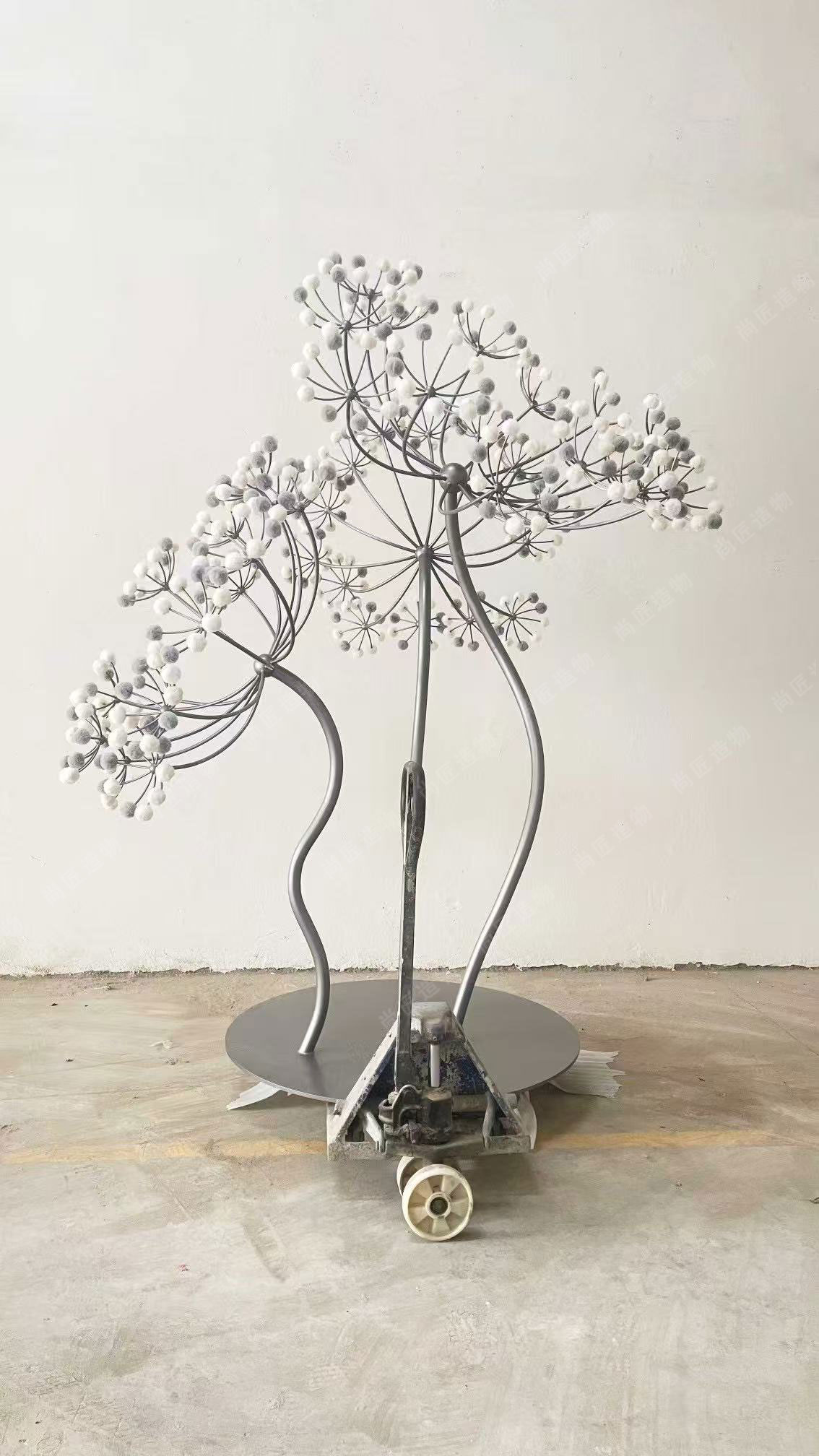
Fiberglass Art Solutions for All-Weather Brand Mascots
Fiberglass has emerged as a premier material for crafting brand mascots designed to thrive in outdoor environments. Its composite structure—combining glass fibers with resin—creates a lightweight yet durable framework capable of resisting warping, cracking, and corrosion. Advanced sealing techniques further enhance weatherproofing, ensuring UV rays, rain, and temperature fluctuations do not compromise structural integrity or fade vibrant finishes. This resilience makes fiberglass ideal for mascots placed in parks, corporate campuses, or urban centers, where exposure to harsh elements is inevitable.
The material’s adaptability also supports intricate designs, from bold geometric shapes to lifelike cartoon sculptures, enabling brands to maintain visual consistency across diverse settings. Unlike traditional materials like wood or metal, fiberglass requires minimal maintenance, reducing long-term costs while preserving brand identity. Engineers often integrate reinforced bases to stabilize installations in high-wind areas, balancing aesthetics with functional durability. By addressing both environmental challenges and branding needs, fiberglass art solutions offer a practical yet creative approach to outdoor mascot design.
Blending Aesthetics With Weatherproof Sculpture Technology
Modern branded mascot sculptures require a delicate balance between artistic appeal and functional resilience. Weather-resistant fiberglass has emerged as a premier material for achieving this equilibrium, enabling designers to merge intricate aesthetics with advanced durability. Unlike traditional materials that degrade under sunlight or moisture, fiberglass maintains structural integrity while supporting vibrant, lifelike finishes. Its moldable nature allows for precise detailing—from dynamic textures to subtle brand-specific elements—without compromising resistance to UV rays, humidity, or temperature fluctuations.
The integration of protective gel coatings and UV-stable pigments ensures colors remain vivid for years, even in harsh climates. This synergy of art and engineering transforms mascots into enduring brand ambassadors, capable of withstanding environmental stressors while retaining visual impact. For example, curved surfaces and layered designs, often challenging with less adaptable materials, become feasible with fiberglass, enhancing both aesthetic depth and weatherproof performance. Fiberglass sculpture techniques further enable customization, ensuring mascots align with brand identities through tailored shapes, sizes, and finishes. By prioritizing both form and function, these installations elevate outdoor branding from temporary displays to lasting landmarks.
Long-Lasting Brand Mascots in Fiberglass Design
Fiberglass has emerged as a premier material for crafting brand mascots designed to endure years of outdoor exposure. Unlike traditional materials such as wood, metal, or concrete, fiberglass combines lightweight construction with exceptional structural integrity. This composite material resists warping, cracking, and corrosion, ensuring mascots retain their original form even under prolonged environmental stress. For brands, this translates to consistent visual storytelling—mascots remain intact and recognizable, whether installed in sun-drenched plazas, coastal areas, or regions with extreme seasonal temperature swings.
Advanced manufacturing techniques allow fiberglass mascots to maintain color fidelity despite UV radiation. Pigments are embedded within the material rather than merely surface-coated, preventing fading or chalking over time. Meanwhile, the non-porous nature of fiberglass inhibits moisture absorption, eliminating risks of mold growth or material degradation. These properties make fiberglass mascots ideal for public spaces where frequent maintenance is impractical. By prioritizing durability without compromising artistic detail, brands can reinforce their identity through sculptures that withstand both time and weather, creating lasting impressions in high-traffic environments.
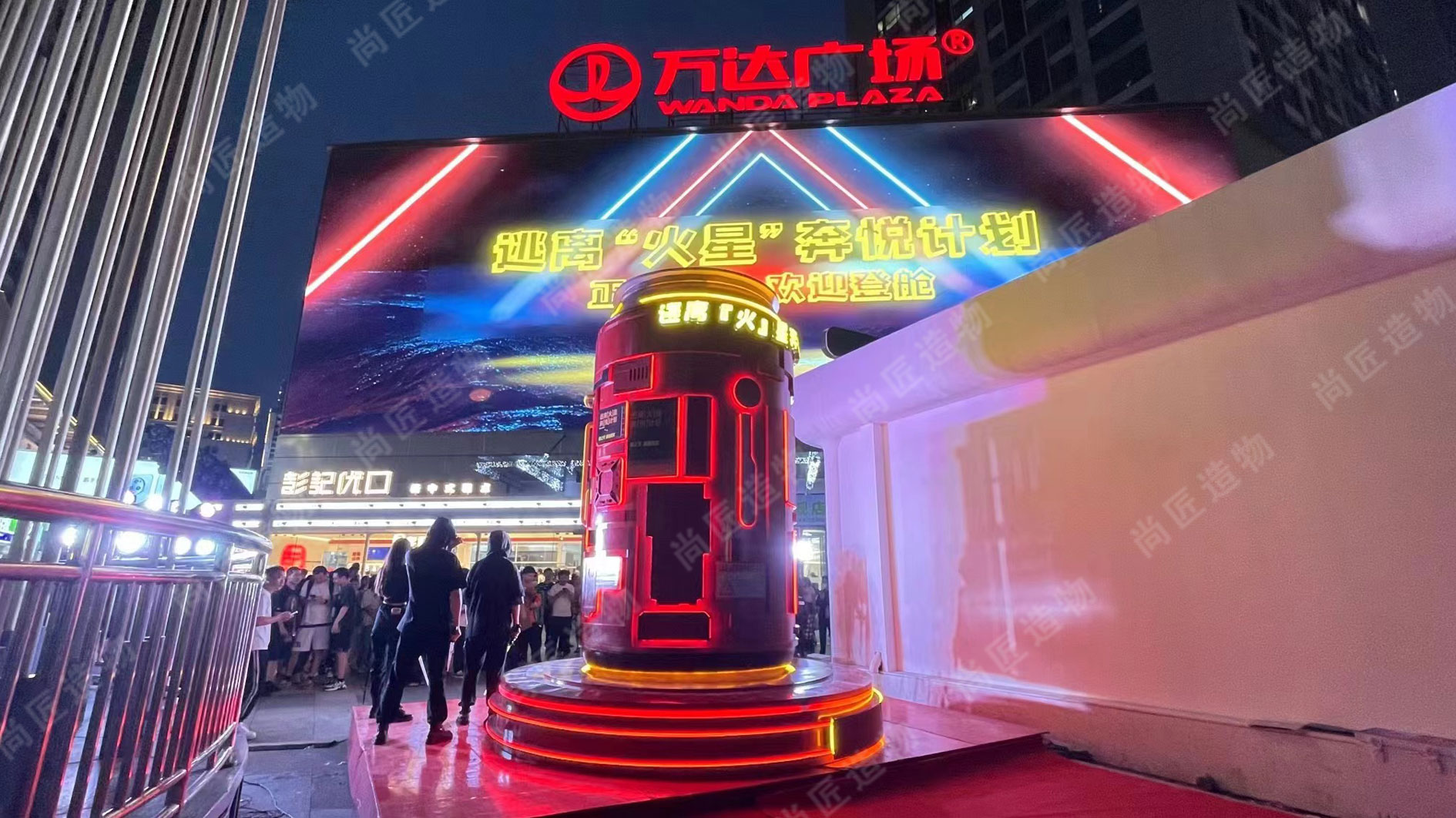
Weatherproof Fiberglass Mascots Defying Environmental Stress
Fiberglass mascots designed for outdoor environments leverage advanced material engineering to combat natural stressors without compromising visual appeal. Unlike traditional materials that degrade under prolonged UV exposure, modern fiberglass composites incorporate UV-inhibiting resins and protective coatings. These layers reflect harmful rays while maintaining color saturation, ensuring brand mascots remain vibrant for years. Engineers also address moisture infiltration through closed-mold fabrication techniques, which eliminate porous surfaces where water might accumulate. Temperature resilience is achieved via thermal-stable additives, allowing sculptures to withstand fluctuations from -30°C to 60°C without warping or cracking.
Beyond structural durability, fiberglass’s lightweight nature reduces stress on mounting systems during high winds or seismic activity. Chemical treatments further shield surfaces from acid rain, salt spray, and pollution—common threats in urban or coastal areas. For example, a mascot installed at a seaside resort retains its gloss despite constant saltwater exposure, demonstrating how material innovation aligns with functional demands. By integrating these solutions, brands ensure their mascots serve as steadfast ambassadors, reinforcing identity even in harsh climates. This approach bridges artistic vision with scientific rigor, creating installations that endure as both marketing tools and public art.
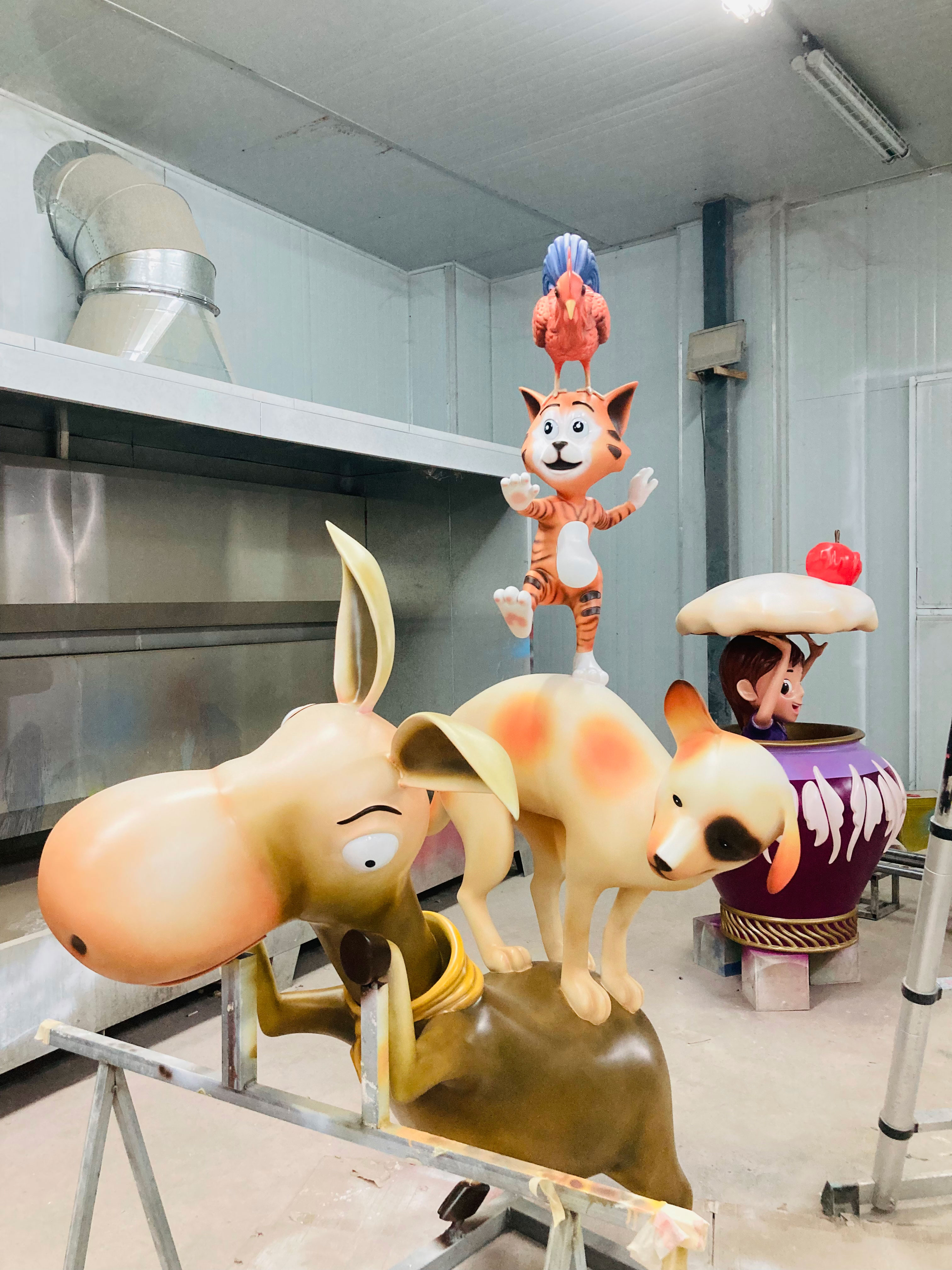
Vibrant Outdoor Branding With Weather-Resistant Sculptures
Weather-resistant fiberglass sculptures offer brands a dynamic way to maintain visual impact in outdoor environments, even under harsh conditions. Unlike traditional materials that fade or degrade, these installations combine advanced polymer composites with UV inhibitors and moisture-resistant coatings. This ensures mascots retain their original colors and structural integrity for years, resisting cracking, warping, or discoloration caused by sun exposure, rain, or temperature fluctuations.
The material’s adaptability allows for intricate designs, from bold geometric patterns to lifelike textures, aligning with brand aesthetics while standing up to environmental stressors. For example, a mascot’s glossy finish or matte detailing remains intact, preserving brand recognition in public spaces like parks, corporate campuses, or retail plazas. By integrating weatherproofing directly into the fabrication process, brands avoid frequent maintenance costs, ensuring sculptures stay vibrant with minimal upkeep.
This balance of durability and design flexibility makes fiberglass an ideal choice for outdoor branding campaigns aiming to leave a lasting impression. As businesses prioritize visibility in high-traffic areas, weather-resistant sculptures serve as both functional art and strategic marketing tools, reinforcing brand identity through reliable, eye-catching installations.
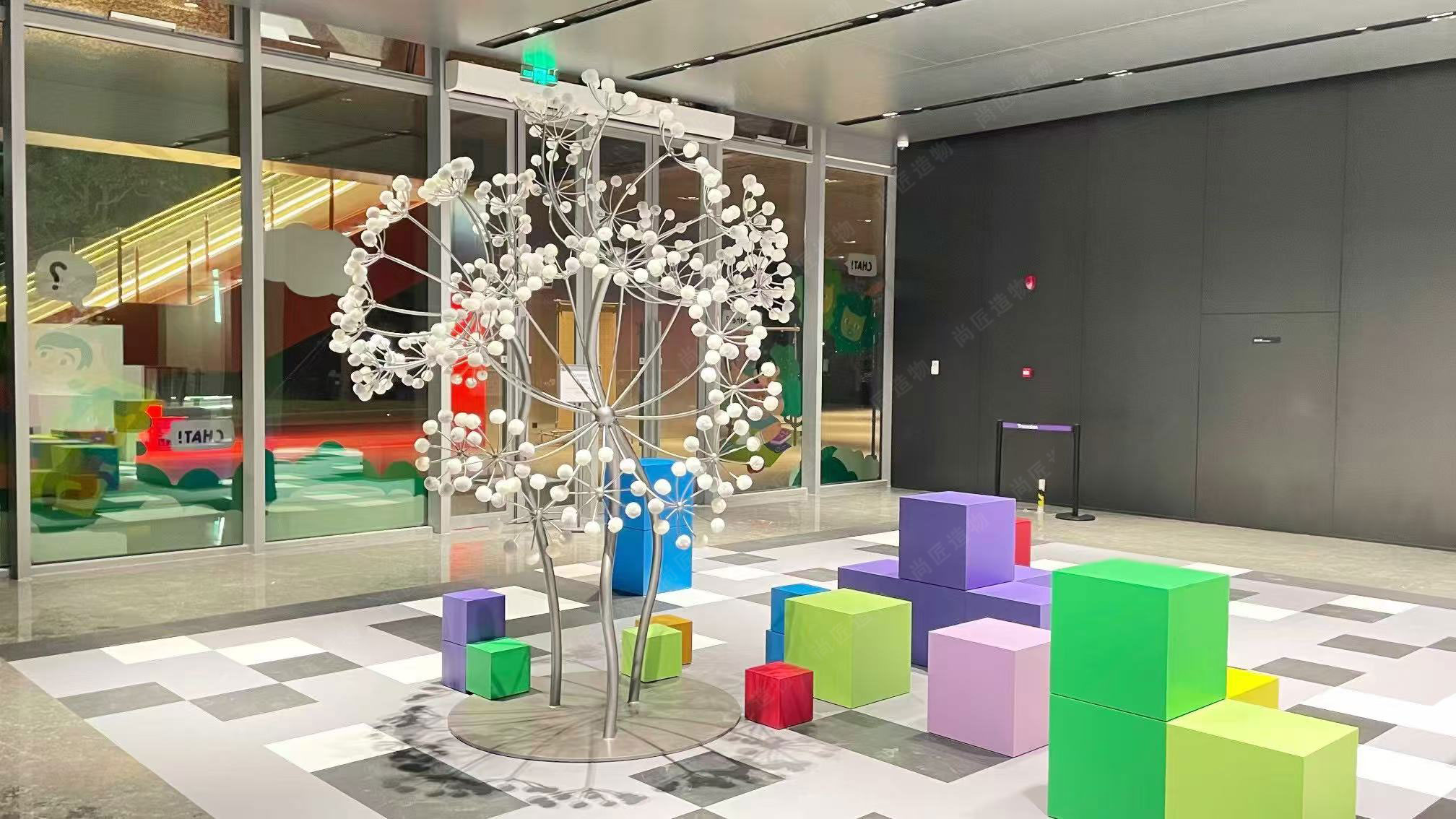
Conclusion
As outdoor branding continues to evolve, weather-resistant fiberglass art installations offer a strategic intersection of durability and visual impact. These mascot sculptures are not merely decorative elements but functional assets engineered to endure environmental challenges—from intense UV radiation to seasonal temperature fluctuations. By maintaining color vibrancy and structural integrity over years, they ensure consistent brand representation in public spaces, reinforcing recognition without frequent maintenance. The integration of advanced material science with artistic design allows brands to project professionalism and creativity simultaneously. While initial investments prioritize weatherproofing and aesthetic alignment, the long-term value lies in their ability to serve as permanent brand ambassadors. As businesses seek sustainable solutions for outdoor engagement, fiberglass mascots stand out as a pragmatic choice, balancing resilience with the dynamic expression of brand identity. This synergy ensures that even under harsh conditions, the core message remains uncompromised.
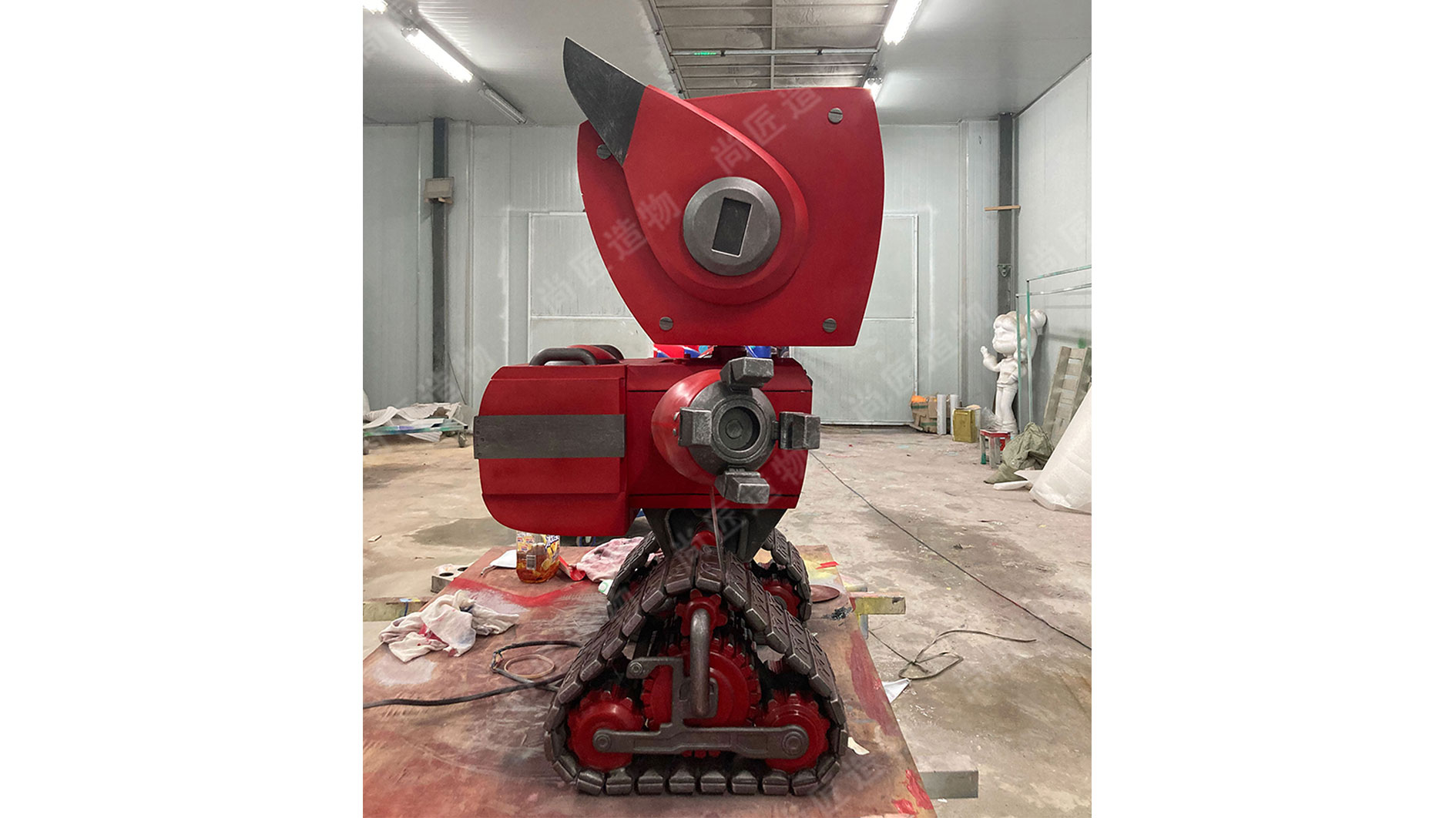
FAQs
How long do weather-resistant fiberglass mascots typically last in outdoor environments?
Fiberglass sculptures designed for outdoor use can maintain structural and visual integrity for 10–15 years, depending on environmental conditions. UV-resistant coatings and layered sealants prevent fading and degradation, even in high-sunlight or coastal regions.
What maintenance is required for these branded installations?
Routine cleaning with mild detergent and water, performed quarterly, ensures surface preservation. Inspections for minor cracks or chips every 6–12 months allow timely repairs, though fiberglass’s non-porous nature minimizes moisture-related wear.
Can custom designs match specific brand color schemes accurately?
Yes. Advanced pigment infusion techniques embed colors directly into the fiberglass resin, ensuring exact Pantone matches. This process prevents color shifts over time, aligning with brand identity guidelines.
How does fiberglass compare to metal or concrete for outdoor mascots?
Fiberglass offers a 40% lighter weight than concrete and superior corrosion resistance compared to untreated metals. Its flexibility reduces cracking risks in freeze-thaw cycles, making it ideal for temperature-variable climates.
Are these installations suitable for high-traffic public spaces?
Absolutely. Reinforced fiberglass frameworks withstand physical impacts and vandalism. Optional anti-graffiti coatings simplify removal of markings without damaging underlying finishes, maintaining brand aesthetics.
What engineering considerations ensure mascot durability?
Internal steel armatures provide load-bearing support, while stratified resin layers combat moisture penetration. Computational modeling during design predicts stress points, optimizing structural resilience against wind loads up to 90 mph.
 ch
ch English
English






